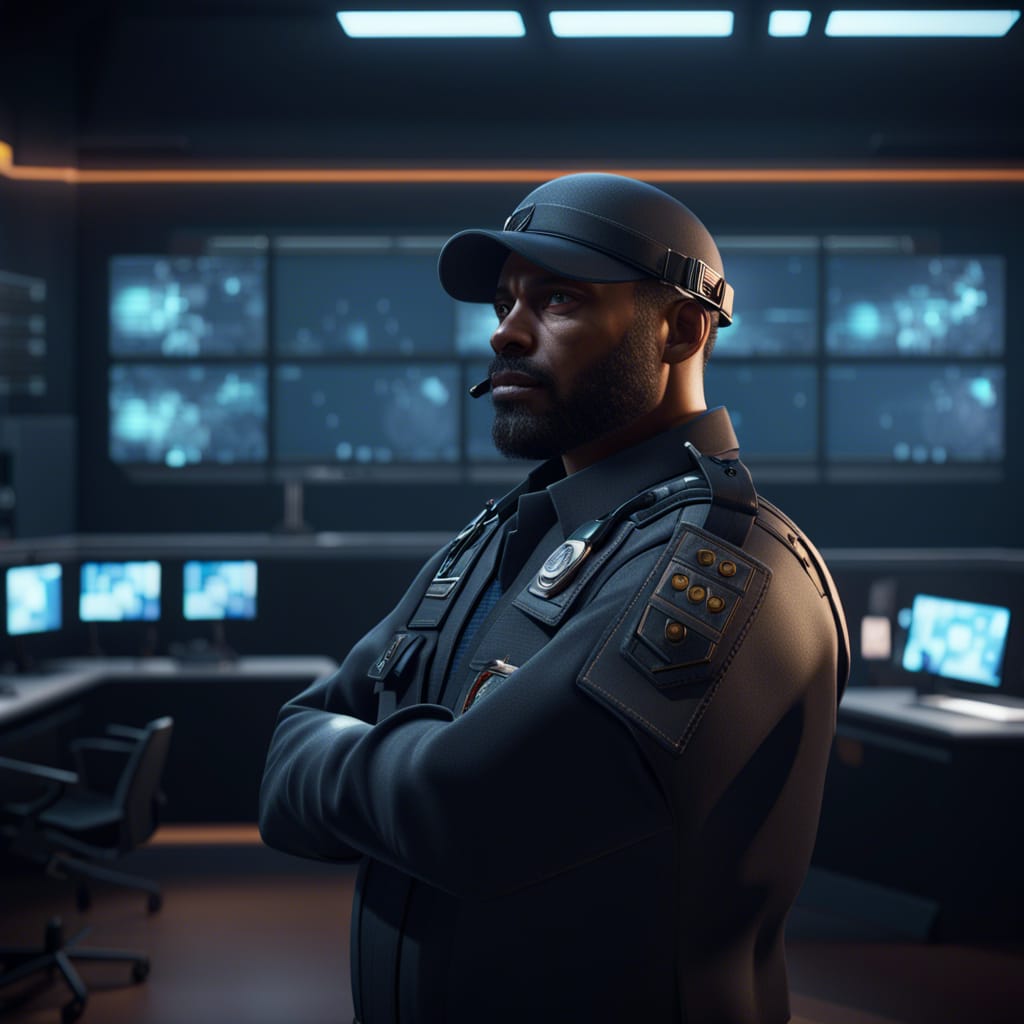The Role of AI in Camera Monitoring
In the fast-paced world of security and surveillance, businesses are increasingly turning to cutting-edge technologies to safeguard their assets. Protect their premises, and ensure the safety of their staff and customers. One such innovation that has transformed the surveillance landscape is Artificial Intelligence. (AI)-powered camera monitoring. With the potential to revolutionize security operations. AI is changing the way we perceive and manage surveillance systems.
In this article, we delve into the capabilities and limitations. Of AI in camera surveillance and explore its potential to minimize human intervention while maximizing efficiency.
AI and the Anatomy of Surveillance
AI, often referred to as the “brain” of camera surveillance systems. Enables cameras to do much more than simply record footage. By harnessing the power of advanced algorithms and machine learning. AI empowers cameras to interpret live video feeds, making them intelligent observers capable of real-time analysis.
Object Detection: Through extensive training, AI algorithms can identify and track specific objects, including people, vehicles, and objects of interest. This feature allows businesses to customize their surveillance for tailored security needs.
Behavior Analysis: AI enables cameras to identify suspicious or abnormal behavior, such as loitering, trespassing, or erratic movement. This real-time analysis ensures a proactive response to potential security threats.
Facial Recognition: AI-driven facial recognition technology can be integrated with surveillance systems, allowing businesses to identify individuals and enhance safety measures. It has valuable applications in locating wanted criminals or missing persons.
Anomaly Detection: By learning typical patterns in camera feeds, AI can flag unusual activities or deviations from the norm, alerting security personnel to potential incidents.
Seamless Integration: AI-driven surveillance systems can be seamlessly integrated with other security technologies, like access control systems and alarm systems, creating a comprehensive security network.
Challenges and Limitations
While AI has ushered in a new era of surveillance capabilities, it still faces certain challenges and limitations that businesses must be aware of:
Complete Anatomical Understanding: Achieving true contextual awareness remains a challenge for AI. It relies on pattern recognition, which can lead to false alarms or misinterpretations of complex scenarios.
Privacy Concerns: Facial recognition and biometric analysis raise privacy concerns, necessitating careful ethical considerations when implementing AI in surveillance.
Human Oversight: While AI can automate many surveillance tasks, human intervention is vital to validate AI-generated alerts and handle complex situations that may require nuanced decision-making.
The Role of Humans in AI-Driven Surveillance
AI’s goal in surveillance is to reduce human involvement without compromising security. However, human oversight remains essential for maintaining a balance between technological capabilities and ethical considerations. Human operators are the final decision-makers, ensuring that AI-generated alerts are accurate and appropriate.
The convergence of AI and camera surveillance has transformed the security landscape, enabling businesses to proactively protect their assets and ensure the safety of their stakeholders. AI’s ability to analyze live camera feeds, detect objects and behaviors, and integrate with other security technologies makes it an invaluable tool in modern security operations.
However, it is crucial to acknowledge that AI is not a panacea; human oversight and ethical considerations are paramount in maintaining a responsible and transparent surveillance system. As technology continues to evolve, AI’s role in surveillance is set to expand, pushing the boundaries of what is possible in safeguarding businesses and communities alike.

Leave a Reply